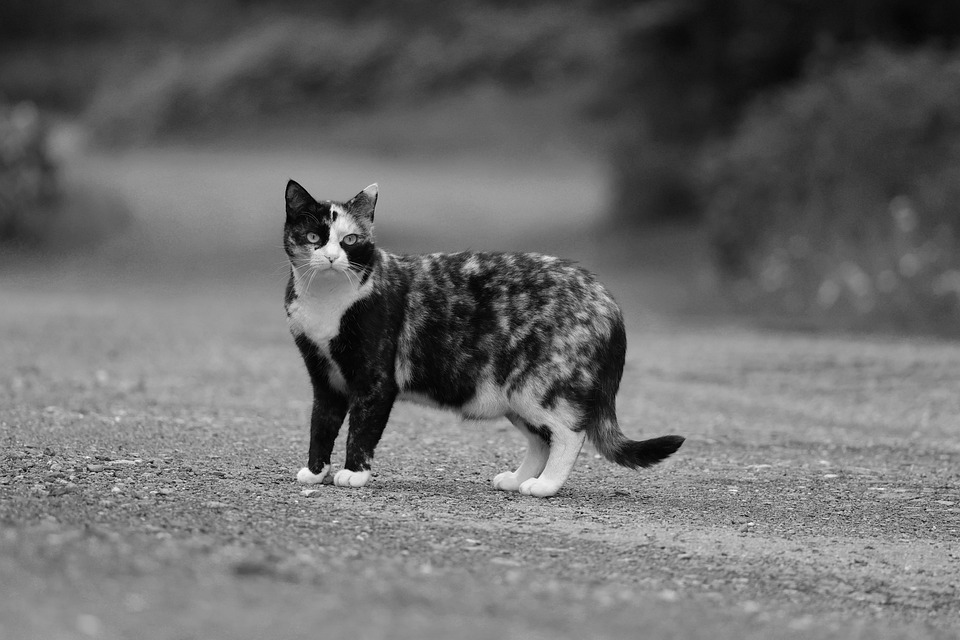Cat skin conditions can be a cause for concern for dedicated cat owners. From irritating rashes to hair loss, these issues can greatly affect a cat’s overall well-being. In this article, we will explore the underlying causes of cat skin conditions and provide insights on how to address them effectively.
Cat skin conditions can manifest in various forms, each with its own set of causes and symptoms. Some of the most common skin conditions that cats experience include feline acne, flea allergy dermatitis, ringworm, and food allergies.
Feline acne, similar to human acne, can affect a cat’s chin area and appear as blackheads or pimples. It can be caused by poor grooming habits, stress, or an allergic reaction to certain products. Flea allergy dermatitis is triggered by fleas and can lead to intense itching, redness, and skin inflammation. Promptly addressing flea infestations is crucial to prevent further complications.
Contrary to its name, ringworm is caused by a fungal infection and results in circular patches of hair loss with red, scaly skin. It is highly contagious and can spread to other animals and humans. Food allergies can also cause cat skin conditions, with symptoms including itchy skin, excessive scratching, and gastrointestinal issues. Identifying and eliminating the allergen from a cat’s diet can alleviate these symptoms.
While addressing the visible symptoms of cat skin conditions is important, understanding the underlying causes is equally crucial. Poor nutrition can weaken a cat’s immune system, making them more susceptible to skin issues. A balanced diet rich in high-quality protein and essential fatty acids is essential for maintaining a cat’s overall health, including their skin.
Cats can also be allergic to environmental factors such as pollen, dust mites, or certain cleaning products. Identifying and minimizing exposure to these allergens can help manage cat skin conditions effectively. Parasites like fleas, ticks, and mites can cause skin problems in cats. Regular grooming, frequent parasite checks, and appropriate preventive medications are necessary to keep these parasites at bay.
Stress and anxiety can also contribute to cat skin conditions. Cats are sensitive creatures, and stress can manifest itself in various ways, including skin issues. Creating a calm and enriching environment for cats, with plenty of hiding spots and interactive toys, can help reduce stress levels.
Some cat skin conditions, such as ringworm, can be contagious to humans. Practicing proper hygiene, including frequent handwashing and avoiding direct contact with affected areas, can help prevent transmission. If a cat’s skin condition worsens, persists for an extended period, or is accompanied by other concerning symptoms, it’s best to consult a veterinarian for a proper diagnosis and treatment options.
It is not recommended to use human skin products on cats without veterinary guidance. Cats have unique skin physiology, and certain ingredients can be toxic or irritating to them. Always consult a veterinarian before using any products on a cat.
Regular grooming, maintaining a healthy diet, and using appropriate preventive medications for parasites are key preventive measures for cat skin conditions. Minimizing stress and ensuring a clean and allergen-free environment can also help prevent these conditions.
In conclusion, cat skin conditions can be distressing for both cats and their owners. By understanding the underlying causes and taking appropriate measures, these conditions can be effectively managed and treated. It’s important to consult a veterinarian for a proper diagnosis and tailored treatment plan for a cat’s specific needs.








